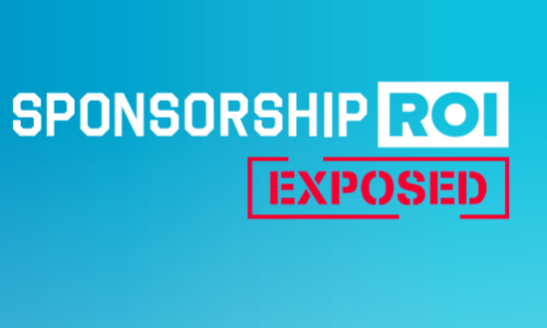Sophie Morris, Director of Millharbour Marketing (now Sponsor View) spoke at ‘Sponsorship ROI Exposed’ to join a panel discussing the key takeaways of sponsorship measurement.
The first question was whether we should be talking about Return on Investment or Return on Objectives. Sophie said that she prefers to use ‘Impact on Business Objectives’ for a few reasons.
Firstly, return on sponsorship investment is normally one of the objectives and so can fall under ROO. Secondly, Sponsorship ROI implies return on marketing investment and, as we explored earlier, that might not be the main objective. It also can put off marketers who are unsure how to measure sales derived from sponsorship.

Impact on business objectives not only widens the scope of sponsorship measurement to cover CSR and employee activities but it also ensures alignment with business strategy, allowing marketers the opportunity to prove the contribution they make to the business in the long-term.
That widening of scope encourages us to make the most of the assets and associations we have, so that we might realise the full potential that sponsorship can bring to our businesses.
The importance of objectives was a recurrent theme throughout the day, the other key element was the importance of process. We saw processes from two brands and it’s our view that by following a structured process to sponsorship objective setting and measurement, organisations can not only prove the impact of sponsorship across the business, but also learn how to continuously monitor and improve effectiveness.
Such a framework, rather than a standardised metric, can be used and adapted by any brand to determine their objectives and therefore what and how to measure effectiveness.

